Share
Photographer Julie Dermansky: I’m at Climate Change Ground Zero
To see how photographers are documenting climate change around the world, watch our video Climate Change Is Real. Julie Dermansky is a photojourn...
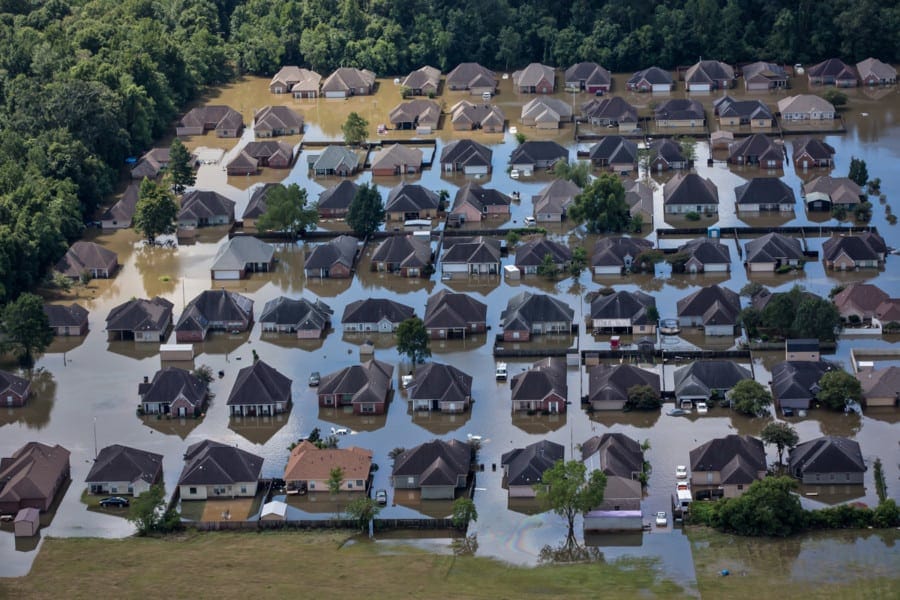
To see how photographers are documenting climate change around the world, watch our video Climate Change Is Real.
Julie Dermansky is a photojournalist and multimedia reporter based in the New Orleans area. She made her way to the city just a year after Katrina hit.
“The devastation left in Hurricane Katrina’s wake opened my eyes to society’s disconnect with science and the part we play in climate change,” says Julie. “I’ve been focused on documenting south Louisiana ever since.”
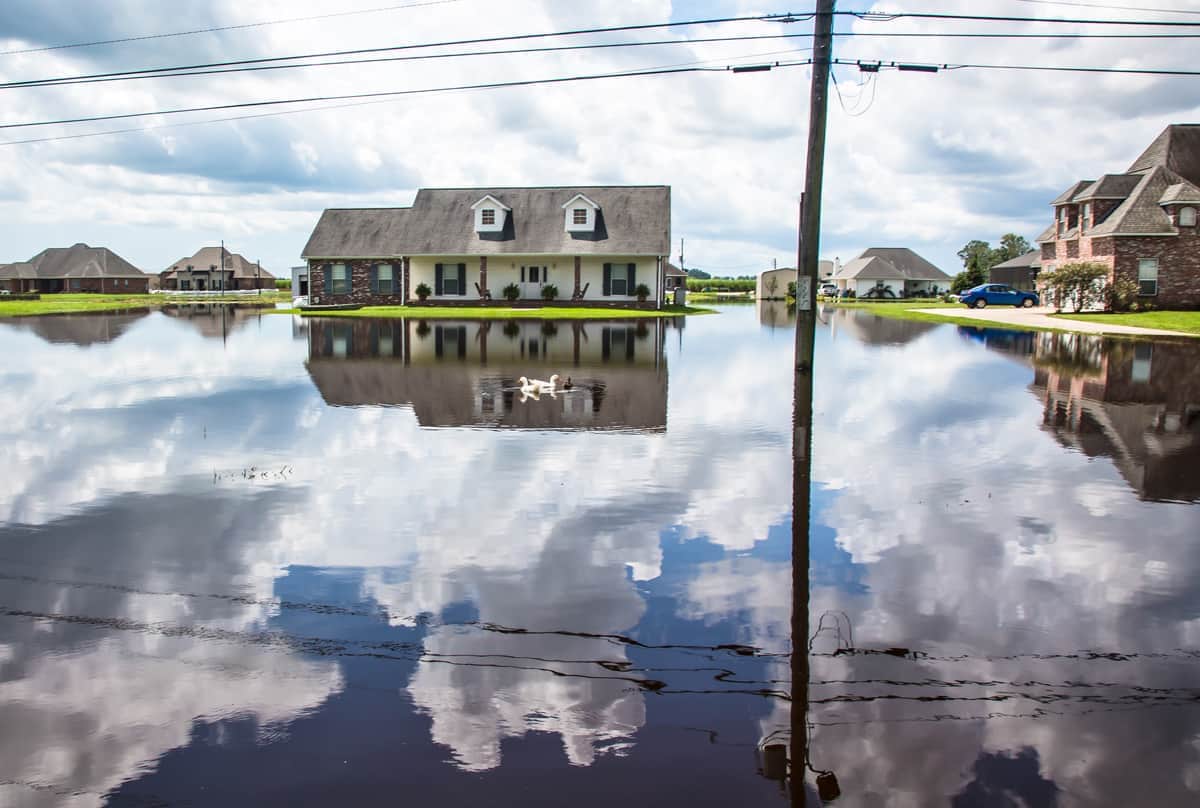
Paulina, Louisiana in St. James Parish, flooded by backflow days after the rainstorm. © Julie Dermansky
Over the years, Julie has been drawn to cover storms that are described with superlatives, like Superstorm Sandy and the 1,000-year flood that hit North Carolina in 2016. And her photos zone in on climate change and man’s role in recreating it.
“I cover extreme weather events, the industrial landscape, and those fighting to protect the planet,” Julie says. “Being based in the New Orleans area, I’m at ground zero to shoot the impact of climate change. And everyone in southern Louisiana is affected by this change, whether they believe in it or not.”

Home on Front Strret destroyed by Superstorm Sandy’s surge that damaged over 200 homes in Union Beach, NJ. Hurricane Sandy’s strength is being blamed on climate change by many scientists. © Julie Dermansky
Julie sees that in the area, the coast continues to lose land from erosion caused by sea levels rising at an alarming rate, making coastal cities more vulnerable to storms. She notes that it’s so bad in some places, like the Isle de Jean Charles, that the few people still living there were given a grant allowing them to relocate. After all, it may only be a matter of time before the one road that leads to the island washes away.
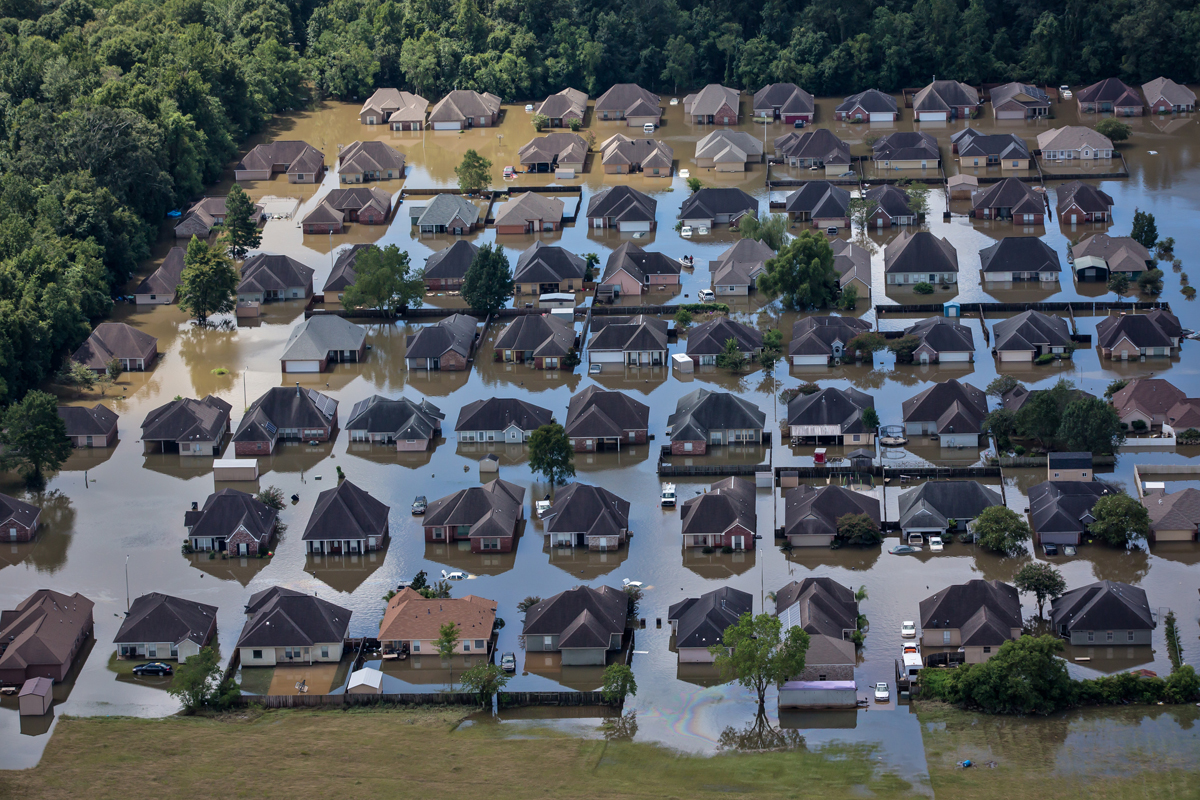
Flooded subdivision in Livingston Parish following a record breaking rainfall leading to a 1000-year flood. © Julie Dermansky
“My images show that climate change is already here and not some far off bogeyman,” says Julie. “My work captures humanity at its most vulnerable: exposed and uncensored. Shooting these images reminds me of the fragility of our existence. It also reminds me of humankind’s resilience and our strength to lift ourselves up and help others rebuild.”
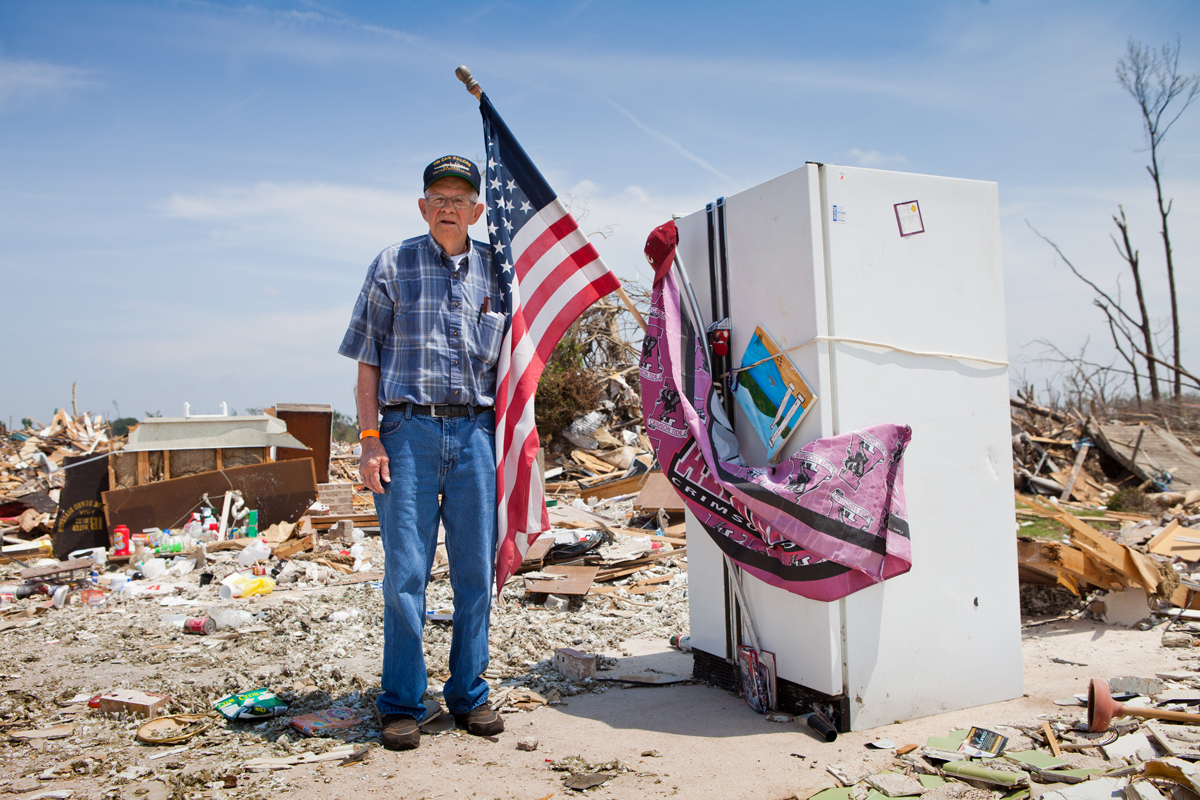
Georg Hamilton, 87, of Pleasant Grove, considers himself the most blessed man in the world because he left his house five minutes before it was obliterated by one of the tornados that struck Alabama on April 27th, 2011. © Julie Dermansky
Julie believes it’s the job of photojournalists to go beyond shooting breaking news and tell the bigger stories of our time. “And for me, the most important story is climate change,” she says.
“At the end of the day, my work illustrates man’s disregard for social justice and negligence towards the planet.”
Julie’s work also covers the industrial landscape, which has always fascinated her. In Poca, West Virginia for example, homes close to a coal power plant present a landscape that captures the essence of climate change. And in Louisiana, the stretch of land between Baton Rouge and New Orleans along the Mississippi, known as Cancer Alley, is packed with petrochemical plants, and is also the subject of her work.
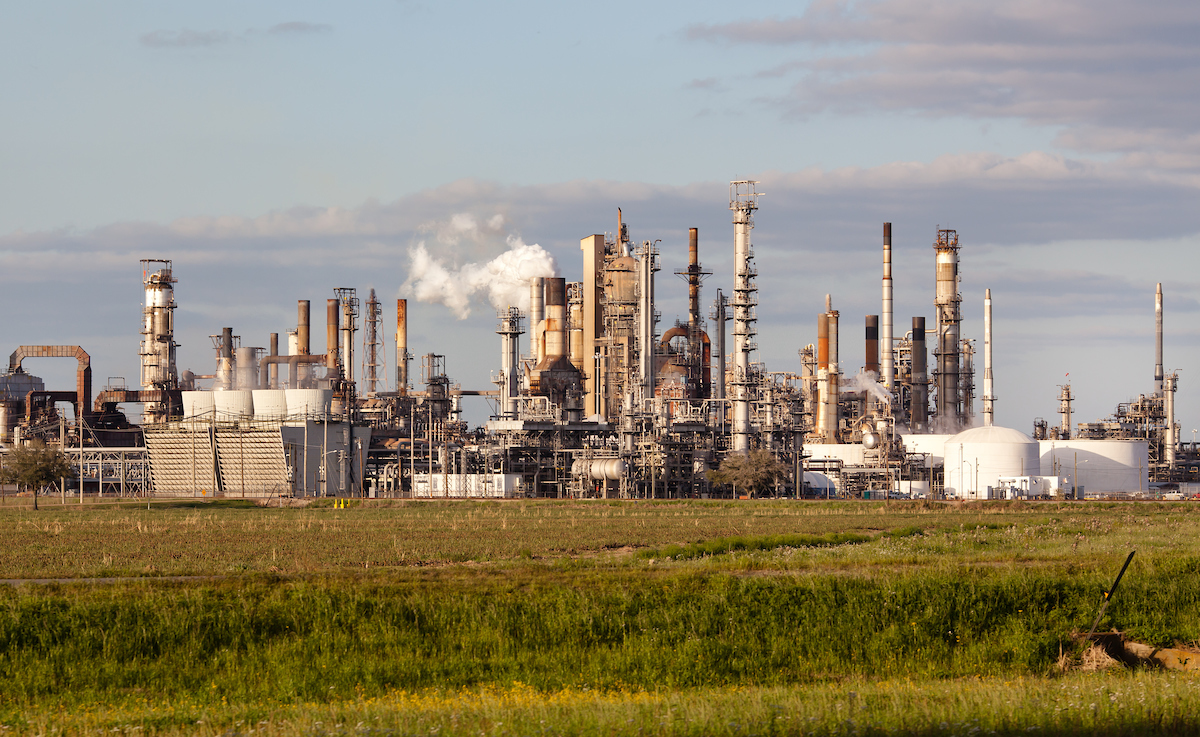
Motiva Refinery located between Baton Rouge and New Orleans is known as Cancer Alley. © Julie Dermansky
This year, Julie has also covered the March for Science and the People’s Climate March in Washington, D.C. “The huge outpouring of people concerned about the planet was heartwarming,” she says.
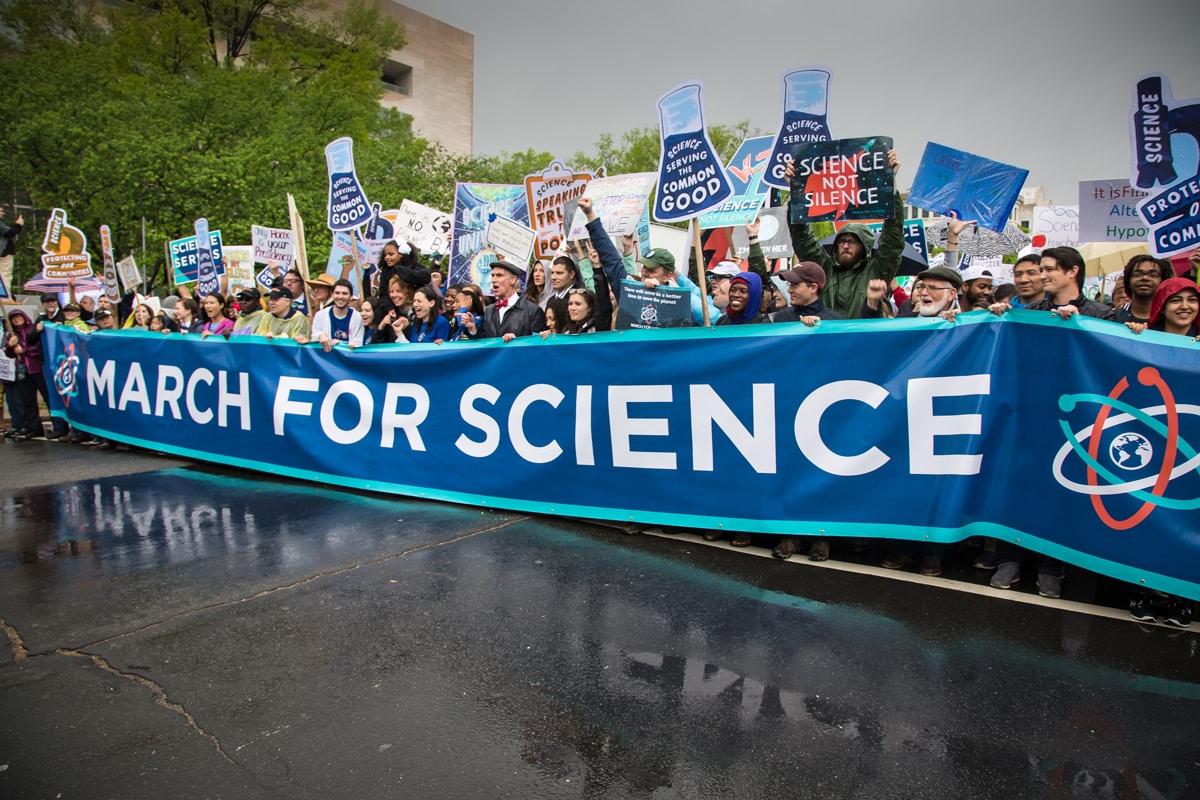
March for Science in Washignton D.C. on Earth Day 2017. © Julie Dermansky
Today, Julie is photographing the battle to stop the Bayou Bridge Pipeline. If the pipeline is built, it will cut through Louisiana’s wetlands, so Julie has photographed along the pipeline route that could be lost forever if the building occurs.

Protest against the Bayou Bridge Pipeline in New Orleans. © Julie Dermansky
“I think it may be too late to stop climate change,” says Julie, who’s seen so much of the impact firsthand. “But if we work together, we may be able to slow it down.”
—
What changes do you see? Email climatechange@photoshelter.com with your photo and the story behind it. We’ll choose several stories to share (and do so only with your permission).
*We strongly support your rights as a photographer. We will not use your images without your permission, and we claim no commercial rights to them.


